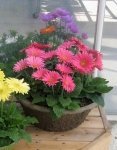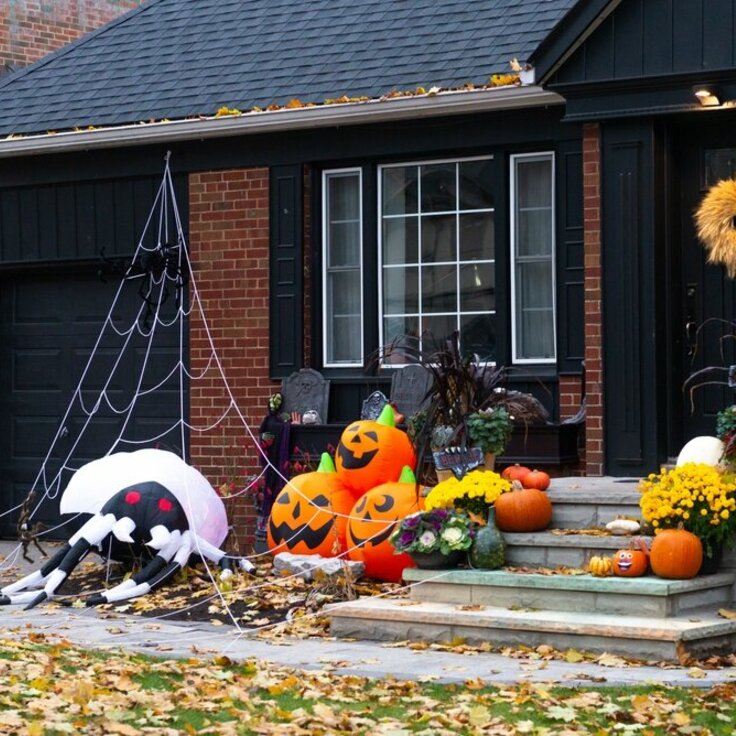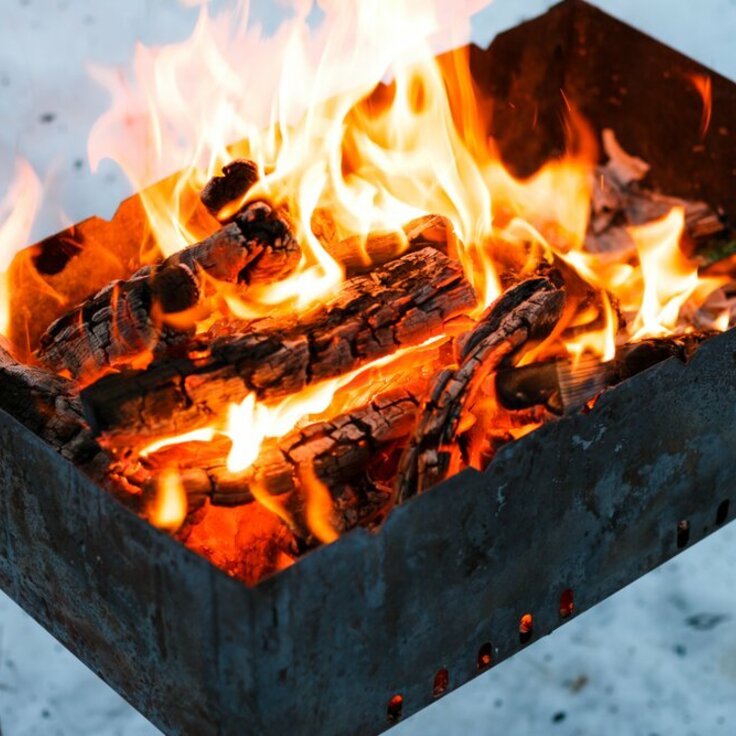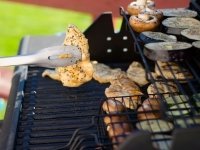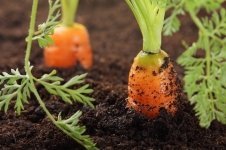A Gardening Guide for Different Climates in North America
Planning your dream garden is always an exciting time, especially in a country with the diverse climates of North America. Whether you live in a hot desert region, a cold northern climate, or somewhere in between, there are always ways to bring your garden to life.

Gardening Tips for January: Preparing for the 2025 Garden Season
January is an ideal month to prepare your garden for the year ahead, no matter where you live. Here are some practical tips tailored to different regions:
General Tips
-
Plan and Prepare: Use the winter month to sketch out your garden. Think about where you want to place new plants and review your existing garden layout. Consider factors like sunlight, soil type, and drainage to optimize your garden’s design.
-
Check Your Tools: Sharpen pruning shears, oil your trowels, and replace any broken tools. Properly maintained tools make gardening tasks more efficient and enjoyable.
-
Browse Seed Catalogs: Order seeds and plants you want to use in the spring. Research varieties suited to your region to ensure successful growth.
-
Soil Testing: Test your soil to determine its pH and nutrient levels. This information helps you choose the right amendments to improve soil quality.
Cold Climates (e.g., Canada, Northern U.S.)
-
Snow Protection: Check that snow isn’t putting undue pressure on shrubs or trees. Gently shake off excess snow to prevent branches from breaking.
-
Winter Pruning: January is a great time to prune trees and shrubs that are dormant during the winter. Focus on removing dead or diseased branches.
-
Indoor Growing: Start sowing certain vegetables and flowers indoors, such as peppers, tomatoes, or petunias. Use grow lights to provide adequate light for healthy seedling development.
-
Mulching: Add an extra layer of mulch to garden beds to insulate roots and protect perennials from extreme cold.

Temperate Climates (e.g., Pacific Northwest, Midwest)
-
Weather Check: Ensure mulch and covers are intact to protect roots from frost. Repair any gaps to maintain consistent protection.
-
Feed the Birds: Place feeders to attract beneficial birds to your garden. Birds help control pests and add life to your winter garden.
-
Protect Frost-Sensitive Plants: Wrap vulnerable plants with burlap or protective covers. Pay special attention to young trees and shrubs.
-
Pathway Maintenance: Inspect garden pathways and patios for ice and slippery spots. Use sand or pet-safe deicers to improve safety.
Warm Climates (e.g., Florida, Southern California, Parts of Texas)
-
Weed Control: Pull weeds before they have a chance to spread. Keeping up with weeding now will save you effort later in the season.
-
New Planting: January is an excellent month to plant trees, shrubs, or winter vegetables like cabbage, spinach, and kale. Choose native species for easier maintenance.
-
Irrigation Check: Inspect drip irrigation systems to ensure they’re functioning efficiently and make adjustments for better water use. Clean filters and check for leaks.
-
Pruning and Maintenance: Prune flowering shrubs and roses to encourage healthy growth. Remove any deadwood or crossing branches.

Additional Tips for All Regions
-
Composting: Start or maintain a compost pile with kitchen scraps and garden waste. Composting reduces waste and provides nutrient-rich material for your garden.
-
Garden Journaling: Keep a gardening journal to track your plans, observations, and results. Documenting your activities helps refine your approach year after year.
-
Climate-Specific Research: Research gardening tips specific to your region’s microclimate. Local extension offices and gardening groups are excellent resources.
Long-Term Planning for Your Garden
January is not just about immediate tasks—it’s also the perfect time to think long-term. Reflect on what worked well in your garden last year and identify areas for improvement. Are there perennials that didn’t thrive or sections of your garden that could use better organization? Use this downtime to set achievable goals for the upcoming growing season.
Design Ideas
-
Create Focal Points: Add elements like arbors, trellises, or garden art to enhance visual interest.
-
Incorporate Sustainability: Plan for rain barrels, drip irrigation, and native plants to reduce water usage.
-
Wildlife-Friendly Gardens: Design areas with birdhouses, bee hotels, or butterfly-friendly plants to support local wildlife.
Indoor Gardening for Winter Enthusiasts
If outdoor gardening is on hold due to weather, turn your attention indoors. Houseplants like pothos, spider plants, and succulents can thrive during the winter months. Consider starting a small herb garden on your windowsill to enjoy fresh flavors year-round.
Tips for Indoor Gardening
-
Lighting: Place plants near windows with ample sunlight or use grow lights to supplement natural light.
-
Humidity: Winter air can be dry, so mist your plants or use a humidifier to maintain adequate humidity levels.
-
Repotting: January is a good time to repot houseplants that have outgrown their containers.

Preparing for Spring
The work you put in during January sets the stage for a vibrant spring garden. Focus on organizing your tools, supplies, and plans to ensure you’re ready to hit the ground running when the weather warms up. Take the time to clean greenhouses, order any missing equipment, and review your planting calendar.
By investing time in preparation now, you lay the foundation for a successful gardening season in 2025. Adapting your strategy to your local climate is essential for healthy and thriving plants.



